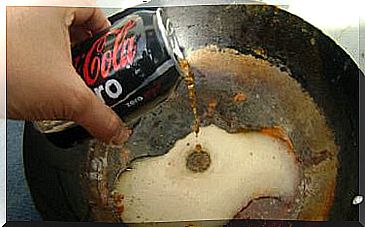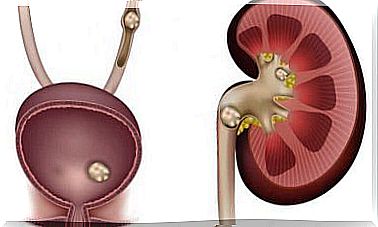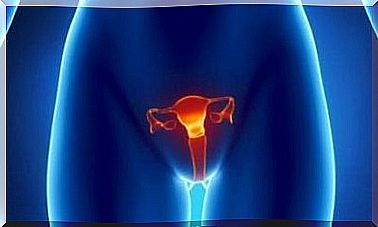Virus Propagation Cycle
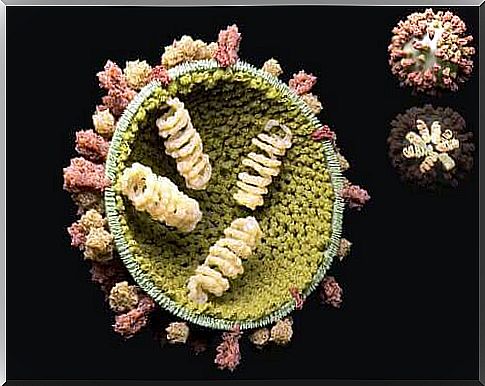
The virus’ cycle of multiplication is complex and interesting. These particles do not have cells and can therefore not multiply on their own. To do this, they need a host, that is, a living organism. Inside this organism, the virus can multiply, while outside it will most likely be destroyed.
Viruses have two different propagation cycles:
- Lytic
- Lysogen
The lytic reproductive cycle takes place when the virus enters a cell and immediately transfers its genetic material to it. This means that the virus quickly and directly attacks the cells.
During the lysogenic cycle, the virus attaches to the host’s cell DNA. When they do this, it is very difficult to detect them, and they are able to reproduce without being detected. In other words, they camouflage themselves within the structure that they infect.
The steps in the virus’ cycle of multiplication
Remember that viruses are structures that only consist of nucleic acids and some proteins. They are therefore very small. Scientists do not classify them as living or dead beings. However, they do two things that are characteristic of living beings: interaction and reproduction.
Viruses contain a genetic molecule that is almost always surrounded by a layer of protein and sugar. When they arrive at a host cell, they squeeze into the nucleus and kidnap it: that is, they force it to work for them. After this they begin to multiply.
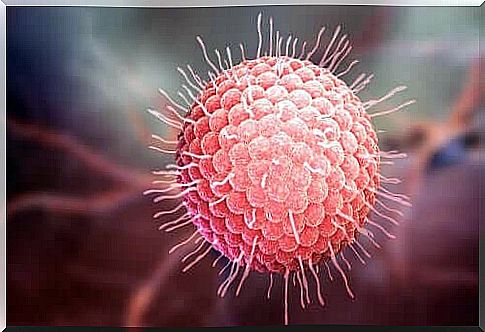
The adsorption and penetration phase
The first phase of the virus’ multiplication cycle consists of adsorption or attachment. This is the moment when the virus comes in contact with the organism it is to infect. This usually happens by chance: like when someone sneezes and there is a person near them.
What happens next is that the virus recognizes the receptors in the cells it will live in, and when it does, it attaches to the membrane of that cell. After this, the second phase of the propagation cycle begins, which is penetration. This is when the virus injects its genetic material into the cell to which it has attached itself.
The process is similar to that of using a syringe, but in this case the virus injects genetic information. To do this , it must break the cell membrane, which it does by releasing an enzyme.
The propagation and assembly phase
Once the virus has penetrated the host’s cell and kidnapped it, the next phase can begin: reproduction. This is when the virus replicates its genetic material. The virus wants to create the components it needs to create new viral particles.
Since there are different types of viruses, they also carry out this process in different ways. When the propagation phase is over, they begin assembly. This is when the different pieces are put together into a structure that creates new virions, or virus bodies.
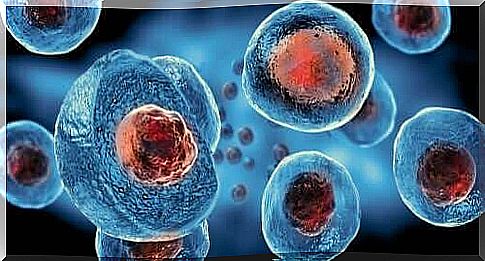
The liberation phase
The last phase consists of the release of the new viral bodies, or virions, outside the cell. These spread until they find a new host cell and repeat the entire reproductive cycle.
Some types of viruses force the release of the virions. That is, they go by destroying the membrane of the cell where they were created. If the virus has a virus membrane, they carry out a process called “budding”. In this case, the virus covers a part of the cell membrane.
As you can see, the viruses destroy the cell membrane during the last phase, leading to cell death. This process is repeated again and again: the virus moves through the body by killing cells.
The body activates the immune system to fight the virus and prevent it from doing more harm. If the immune system is unable to deal with the virus, you will have to use medication to win the battle. If the medicine also fails, you could end up with a serious illness or death.
Why is it important to understand the cycle of viruses?
By understanding the life cycle of viruses , you can become familiar with the best way to protect yourself from them. It is important to prevent the spread of these particles as there are not many effective antiviral drugs. Viral diseases can be mild, like a cold, but also very serious like AIDS or COVID-19.
The better you understand the cycle of viruses, the better you will be able to fight them. Vaccines and medicines come from this knowledge, which is why it is so important.

